More than 60 years ago, a preacher from Chicago flew to South Korea to minister to American troops fighting in the Korean War. One morning during his trip, he was horrified to see city workers scoop up what looked like piles of rags and toss them into the back of a truck. He soon saw that the scraps of cloth were not rags, but the frozen bodies of orphans who had died overnight in the streets. Everett Swanson vowed to find a way to help these children.
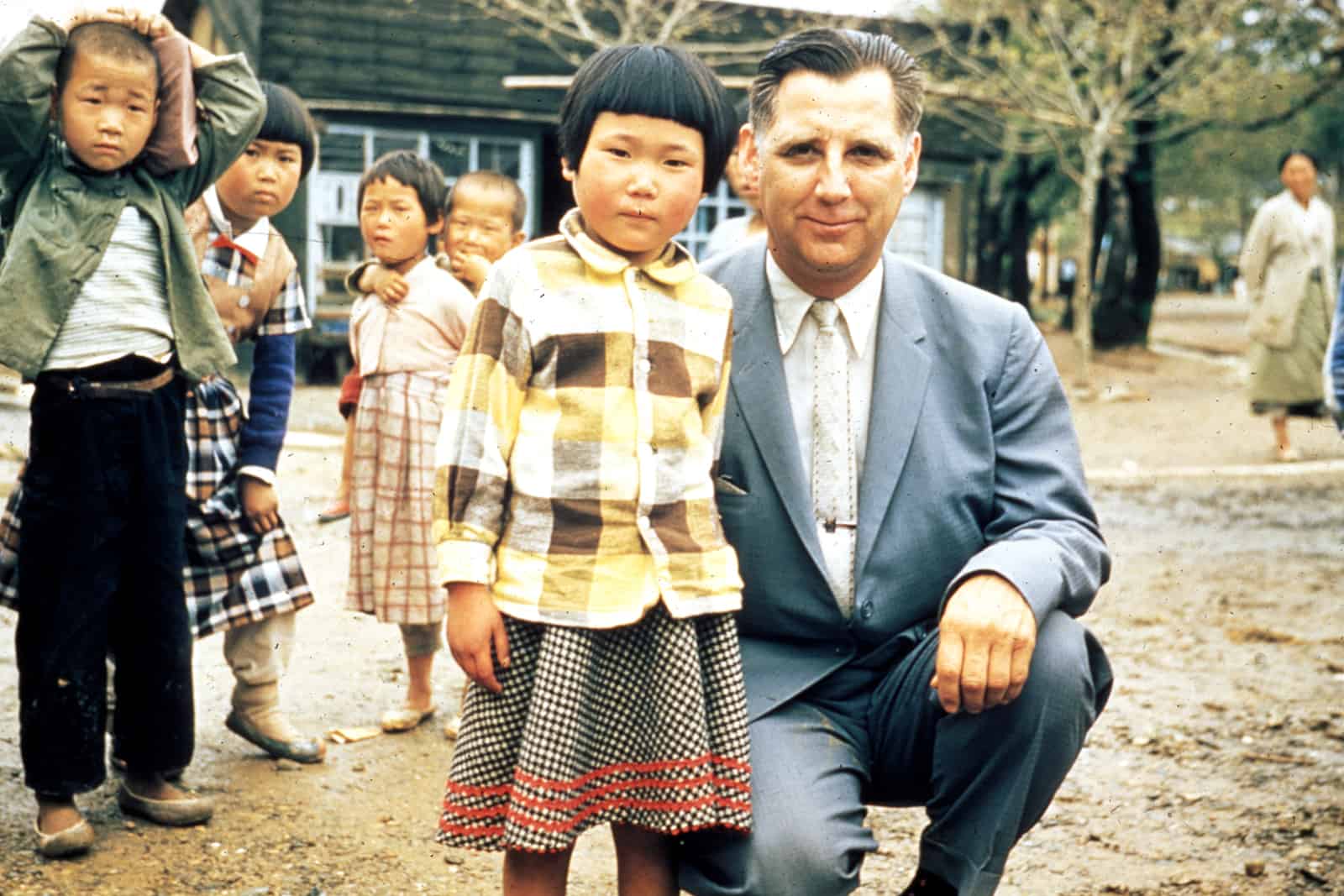
In 1954, Swanson’s relief work turned to developing sponsorship programs which provided long-term Bible teaching, medical support, food, clothing and shelter on a regular basis for the children of post-war Korea.
Everett Swanson’s initial efforts have evolved over the years into a global, program-based, holistic child development model.
These days, you are less likely to find Compassion in the midst of conflict zones but instead working at the heart of more stable communities. Here are three reasons why:
1. Peace is the hinge on which the door of sustainable development hangs
The 16th Sustainable Development Goal is dedicated to the promotion of inclusive and peaceful societies for sustainable development. This goal has been called “the transformative goal.”
The other goals are easier to achieve depending on Goal 16. Conflict affects a country’s infrastructure, local hierarchical systems, judicial process, education, economies, employment and political system.
Peace matters. Without peace, there can be no development, and without development, there is unlikely to be peace.
Although what constitutes “conflict” or “war” is becoming increasingly complex and hard to define, there is no question that development, security and peace are tightly connected.
2. Our program is child-focused instead of crisis-focused
Holistic child development requires some degree of stability and safety in the medium- and long-term to be effective.
We know when a community is caught in the midst of crisis or conflict, children are always the ones who are most vulnerable. Our compassion and love stretch to include these children. And we wholeheartedly cheer on other charities, organizations and experts bringing relief and support to them.
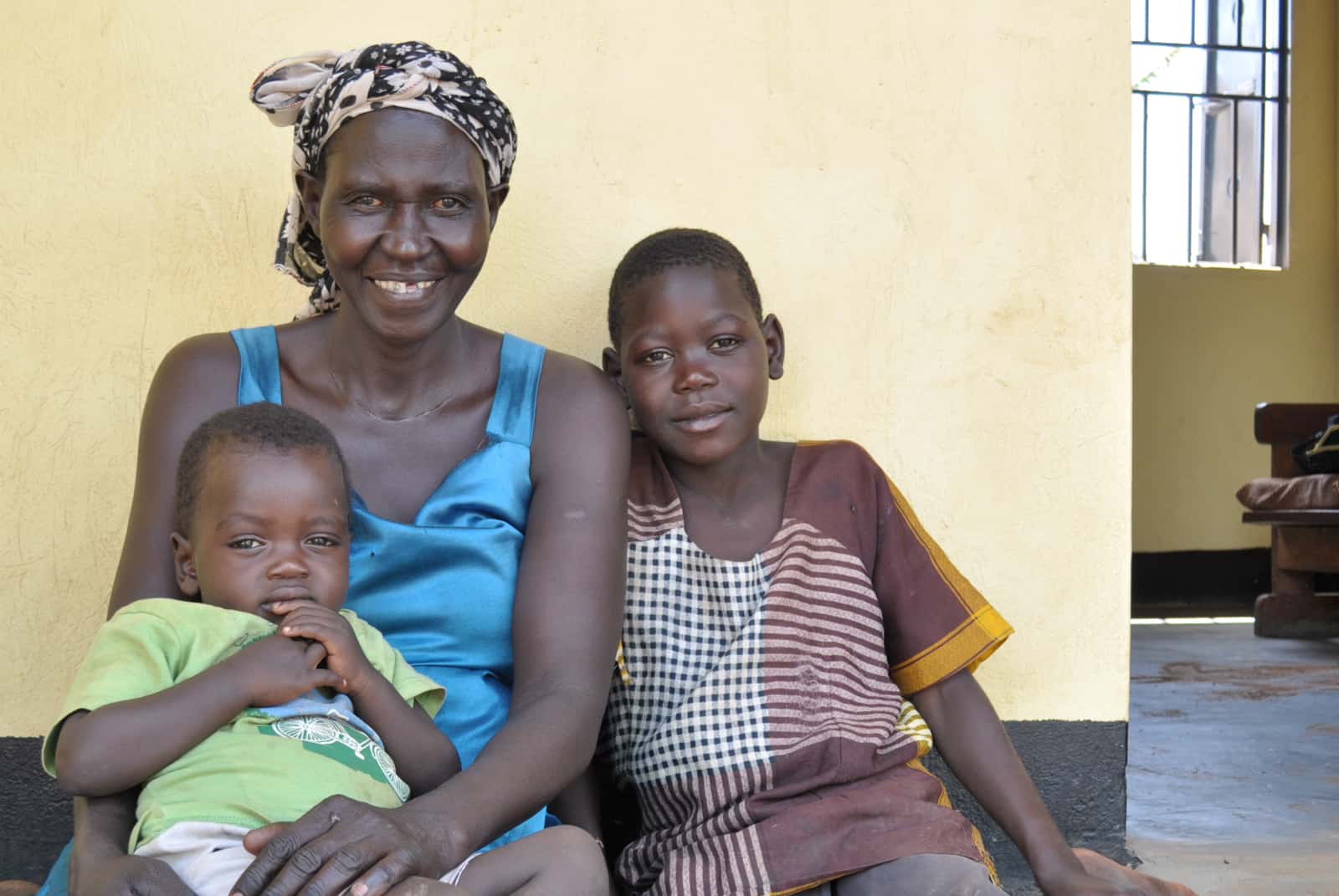
Tracy lost her father to the Lord’s Resistance Army war in northern Uganda and was abandoned by her mother. Thanks to the support of her local church in partnership with Compassion and the love of her grandmother, she has found the strength to persevere with the challenges of motherhood.
Where conflict totally disrupts normality, poverty causes unpredictability. Creating continuity and consistency for children who are enrolled in Compassion centers around the world is crucial to the one-to-one child sponsorship model.
It means a child turns up to the same center building every week. It means letters are delivered to the same address. A child is guaranteed a minimum of four hours contact time per week with a center staff member. A child has the same sponsor for five, 10, 15 years. The same staff delivers the curriculum and mentoring. It is a development model based on the predictability of relationships.
Sidney Musiyo, Africa Regional Vice President, explains it well:
Holistic child development is – at its core – a powerfully transforming process. It helps poverty-stricken children rediscover the powerful story of God’s redeeming work spiritually, socially, physically and cognitively.
The needs of children affected by conflict will, most of the time, be different to the needs of children born into the vulnerability of extreme poverty.
Both groups of children need our listening ears, our compassion and ultimately, empowerment, but the finer details of the emotional, psychological and practical needs of the children will be different.
For example, a program designed to bring urgent relief to refugee children who are experiencing the trauma of war or seeking asylum will look profoundly different from a long-term curriculum designed to empower children to make choices for themselves. Relief deals with the problems of the moment, while long-term development works to permanently solve problems. Both require different expertise, programs and structures.
3. We do work in high-risk, post-conflict regions
How is conflict defined? Which countries are currently experiencing war?
The 2017 Global Peace Index released earlier this year offers a snapshot into the current global state of peace and conflict. The index measures global peace using three broad themes:
- The level of safety and security in society
- The extent of internal or international conflict
- The amount of militarization
These themes include more detailed issues like the number of refugees or displaced people, the number of jailed people, the number of deaths from organized conflict, relations with neighboring countries, ease of access to weapons, terrorist activity and military expenditure.
None of the 25 countries where we work were listed in the worst category of the Global Peace Index. This “very low” category included Somalia, Yemen, South Sudan, Syria and Iraq.
In fact, the majority of the 25 countries are labeled as having a “medium” to “high” state of peace. However, three countries where we currently work – Mexico, Colombia and Ethiopia – are labeled as having a “low” state of peace.
In 1994, the Compassion Rwanda office temporarily closed during the civil war and genocide. It reopened again to initiate relief efforts and help more than 140,000 “unattended for” children across the nation.
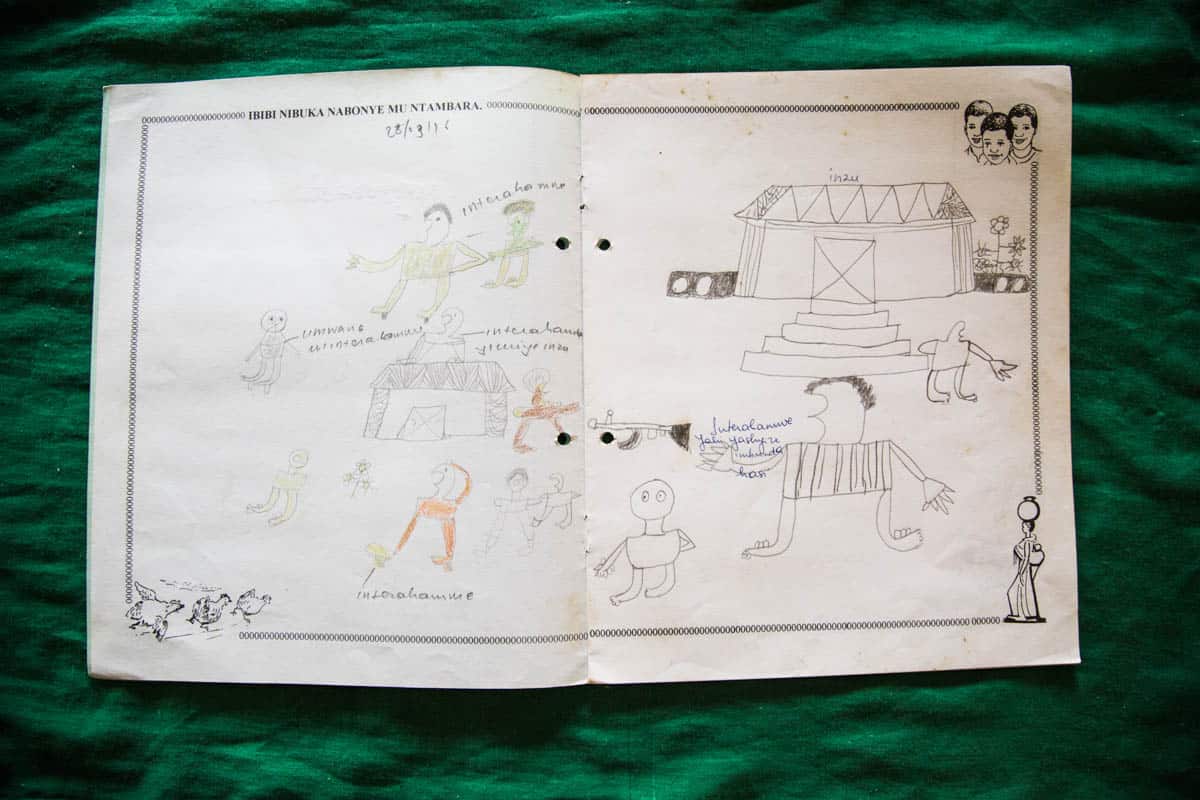
Counseling books given to children after the genocide in Rwanda to support with therapy and processing conflict and trauma.
We began working in Sri Lanka in 2010, one year after the war ended. In North and East Sri Lanka, evidence of the 26-year-long civil war is clear. Unmarked graves dot the countryside. Families in the northern regions of Kenya are affected by ethnic and tribal clashes and incidences of cattle rustling. Children in urban areas of Guatemala are affected by gang violence, extortion and criminal activity.
Our local church partners are the ones who best understand local needs. They are the people who are perfectly placed to exert influence and bring about long-term, transformative change in the lives of children around the world.
Where it is still possible for local churches to be the anchor for their communities, Compassion is working.
Sources: Global Peace Index 2017, New York Times, BBC
This article first appeared on the Compassion UK Blog.

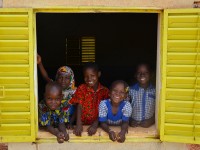
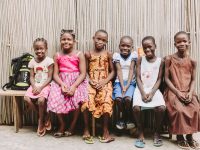
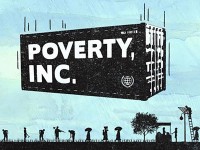
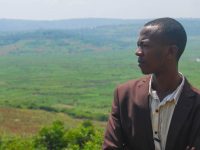


6 Comments |Add a comment
God help these bruised souls
May we all have the heart of Mr.Swanson. Also I fully back the model Compassion follows.
I recently started sponsoring a precious little girl from Rwanda. The horror those dear people went through. The emotional not to even mention the physical scars that remain there. Compassion did not abandon these people. After the atraucities stopped Compassion once again setup camp and started ministering to those in need. The children that survived the evil need to know life does not have to be like that. Though many were hunted like dogs for no other reason then tribal affiliation. Those dear kids more then ever need to know this world is much bigger then what they have lived in. There are people that care for them dearly. There Lord is with them every step of the way. They can rise above this and they are. To have the ability through Compassion to reach out and minister to these kids half a world away is nothing short of a miracle.
I have sponsored a number of kids over the years. There program works. Yes help is needed during a crisis. Thank you Lord for the NGO’s and others that attempt to fill this need. Often puting there lives on the line.
However when the crisis passes that is when Ministries like Compassion step in and start picking up the broken bruised and battered souls. This is were the healing begins.
So often that first picture we sponsors get the child is void of a smile. Many times the eyes show fear or worse, hopelessness. These first pictures often bring me to tears as the heart aches for these precious ones wondering what fate has delt them to this point in life. Eventually, though you may not see a smile. You start to see the eyes come alive. You see hope gratitude and a zest for living. As each day goes by these sponsored children start to realise every day does not have to be a life and death struggle. They actually start believing just by being created in the Fathers image there life is worth somthing. Does it get any better then that? That is the starting place on which to build.
And build a thriving hope filled child is what Compassion does. Many times not only is the sponsored child helped through Compassion. The siblings and parents are also effected. Compassion doesnt just help the children. They have so many out reaches whole villages can benefit in such a positive way.
Keep up the great work Compassion. Thank you for the article and picture of Everette Swanson. A man I call my hero. You can see the compassion and empathy in his face and smile. His humbleness is really shining.
That’s my two cents on Compassions model and why I believe in it. But your question Sarah is a valid one. If all aide that is sent to war torn countries actually made it to those that need it. Poverty as we know it might not be as bad as it is. Same for many third world countries were the aide never makes it those that need it. Truly a fallen world.
Richard,
Your comment brings me to tears. How absolutely, beautifully put. Thank you for your encouragement and support! People like you make our ministry what it is, and we are so incredibly blessed to serve along side you! God bless you, Richard!
Very informative explanation as to why you choose to not help the children enduring the very worst suffering on earth. Just not sure as to how Jesus and his radical love fit in here though …
Hi Sara,
Thank you for your obvious heart to see the value of those in need and for raising this question. There are organizations and church networks all over the world that are able to find a niche in the system, where they can provide help for the most people in the most effective way. Our focus is in developing regions serving children who live on less than $1.90/day, in which poverty often means the difference between life and death, because that is where we, as an organization, can be most effective. Because of the model Compassion has chosen, partnering with the local church, it would be impossible for our organization alone to help in all areas where poverty exists. However, we know that we are not alone in this. We are thankful to all of our sister companies, NGO’s, and ministries who are able to help in ways that we can’t. Our hope is that people will dig and serve wherever they see need and through this, we can all make a larger impact. Blessings to you, Shannon.
Excellent article Ella! Thanks for explaining this so clearly. I am sure that it will benefit many sponsors and donors to understand this difficult topic.